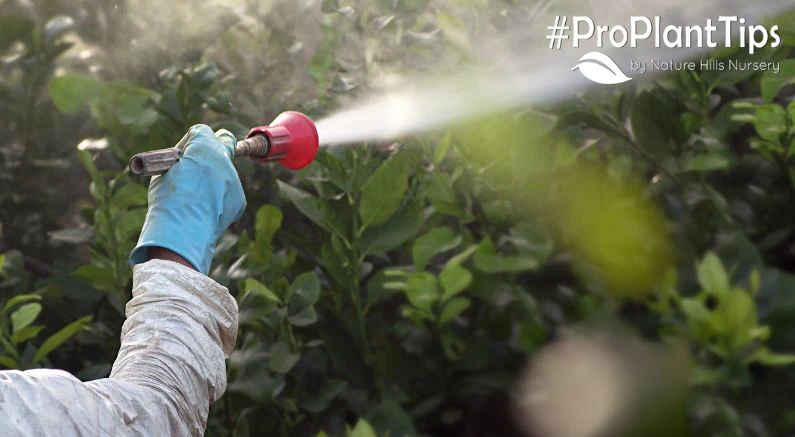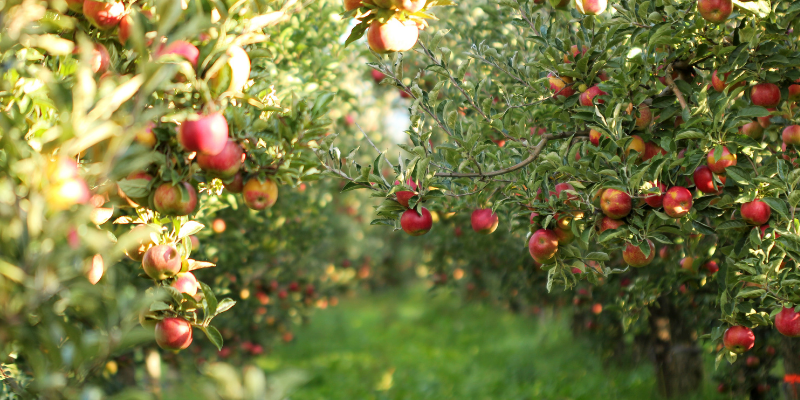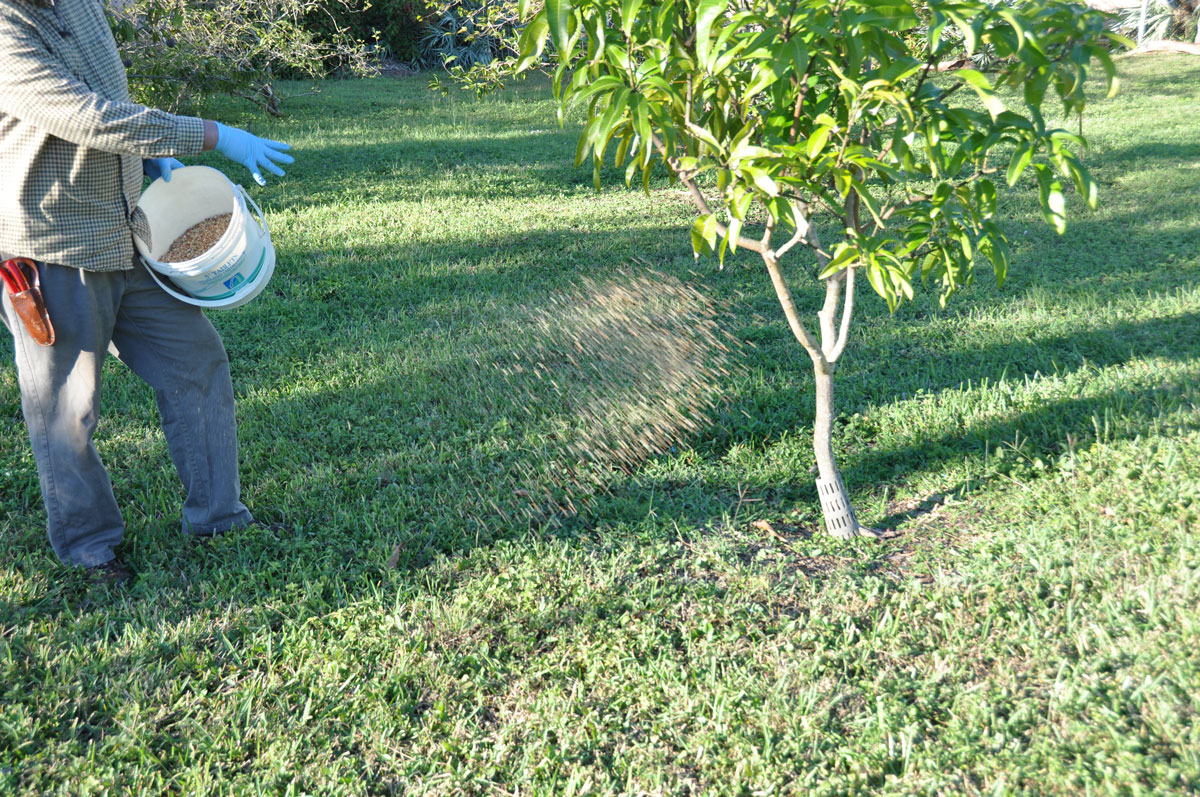Fertilizing fruit trees is essential for ensuring healthy growth, abundant fruit production, and overall tree vitality. However, not all trees have the same nutritional needs, and understanding those needs is key to providing effective fertilization. Here’s a breakdown of how to fertilize fruit trees, from young saplings to mature trees, ensuring they thrive throughout the seasons.
Fertilizing Young Fruit Trees
When fruit trees are first planted, the primary goal is to encourage root development. This is best achieved by maintaining consistent soil moisture and ensuring the soil is of good quality. For the first one to two years, it’s important to let the tree establish a strong root system before introducing fertilizers.
Once the tree starts to establish itself, usually after one to two years, you can begin fertilizing to promote healthy, steady growth. While some nurseries suggest using high-nitrogen fertilizers on young trees, this method can have drawbacks. Nitrogen can leach into the surrounding environment, and grasses growing under the tree may absorb much of the fertilizer, preventing it from reaching the tree’s roots.

A better approach is to use organic fertilizers combined with compost or mulch. A slow-release, low-analysis organic fertilizer applied to the soil surface is ideal. Water it in well, and then cover the area with a layer of compost and mulch. This method not only nourishes the tree but also enhances soil biology, fostering beneficial microorganisms that help the tree absorb nutrients more effectively. I recommend using about half the amount of fertilizer suggested on the label for young trees, especially those that aren’t yet producing fruit. This encourages strong, resilient growth without overwhelming the tree.
Fertilizing Mature Fruit Trees
As fruit trees mature, their size and root systems expand, and their nutrient needs increase. At this stage, the orchard floor often becomes covered in weeds and grasses, which compete with trees for nutrients. Fertilizing mature trees can be more challenging, as it requires methods that target the tree’s roots while minimizing nutrient loss to surrounding plants.
One effective method for mature trees is using fertilizer spikes. These are inserted into holes made in the soil around the tree’s root zone, ensuring that the nutrients go directly to the tree’s roots. Fertilizer spikes are easy to install and work well, especially for larger trees. Another method involves filling deep holes with granular organic fertilizer, which can be messy but equally effective. It’s best to install fertilizer spikes or columns when the soil is moist, as this makes the process easier.

When fertilizing mature trees, be cautious with the amount of fertilizer you use. Overfeeding can cause problems like poor fruit color or excessive growth. In fact, studies show that fruit trees often perform just as well with a moderate supply of nutrients as they do with excessive fertilization. For example, while fertilizer labels might recommend six spikes for a tree, I often use only three for a well-established tree like a pear. On the other hand, a semi-dwarf apple tree that tends to be more needy might require a bit more fertilizer.
Identifying and Addressing Nutrient Deficiencies
Even with careful fertilization, fruit trees may experience nutrient deficiencies. If a tree is struggling despite proper care, a liquid kelp spray can be a useful remedy. Kelp contains a range of micronutrients, including calcium and zinc, that trees can absorb through their leaves. Applying a kelp spray in late spring, after the leaves have emerged, and again in early summer, when the leaves have matured, can help address these deficiencies and improve tree health.
Conclusion
Fertilizing fruit trees is a delicate balance that requires an understanding of each tree’s unique needs. Whether you’re caring for young trees or mature ones, using organic fertilizers, applying the right amount, and being mindful of your tree’s specific requirements will ensure strong, healthy trees and a bountiful harvest.
